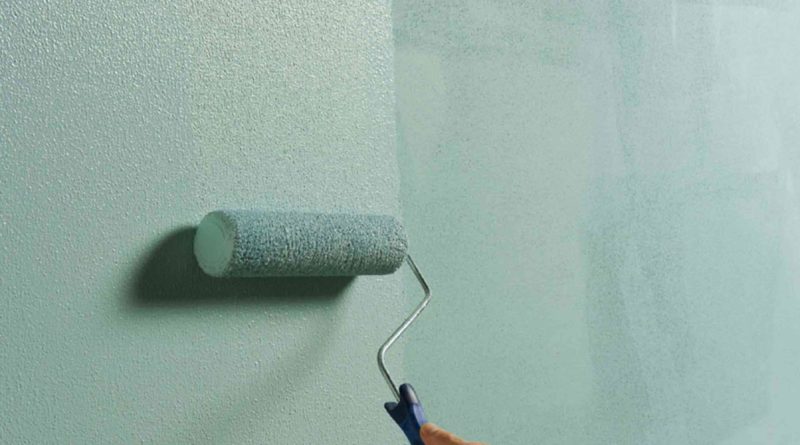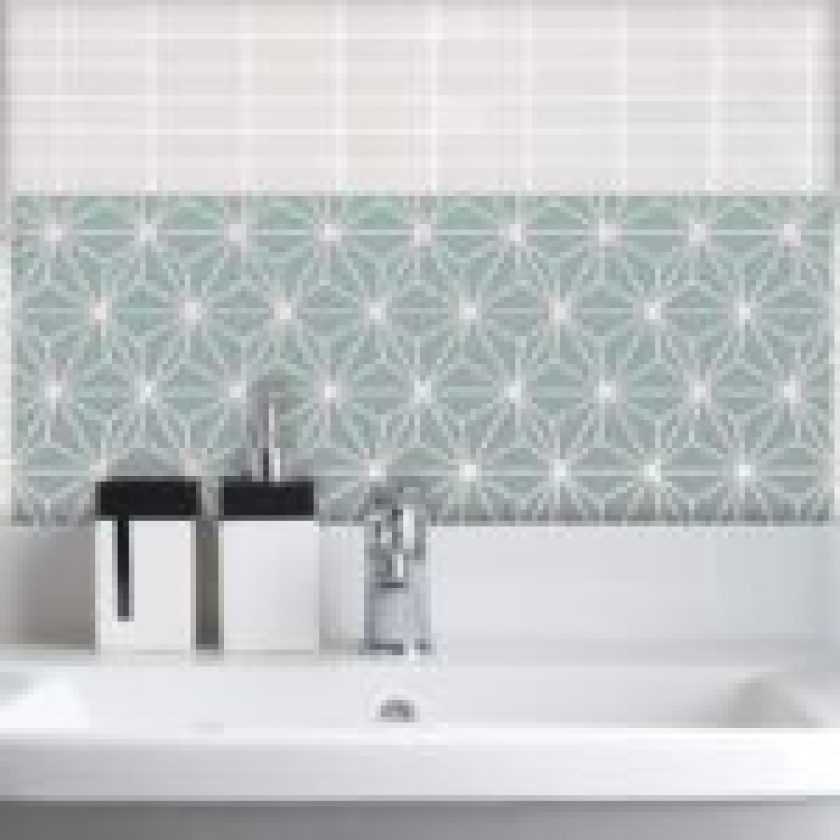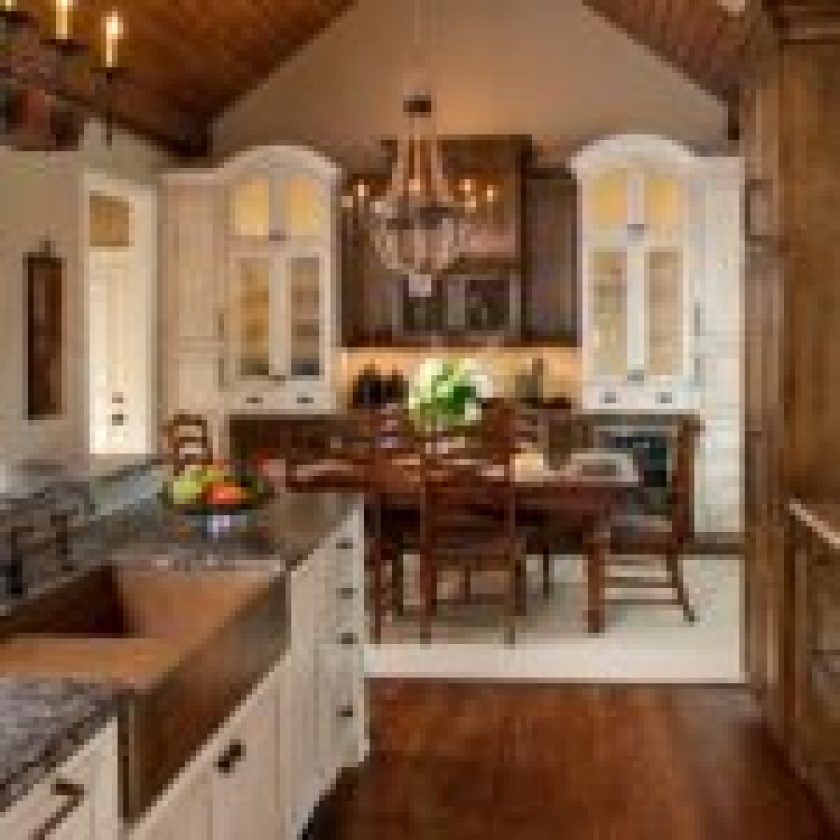As the weather starts getting better, you may have found yourself out in the garden, getting things looking better for the summer. Or maybe you’ve noticed that some window frames have seen better days and there are little chips you want to avoid getting more significant over time.
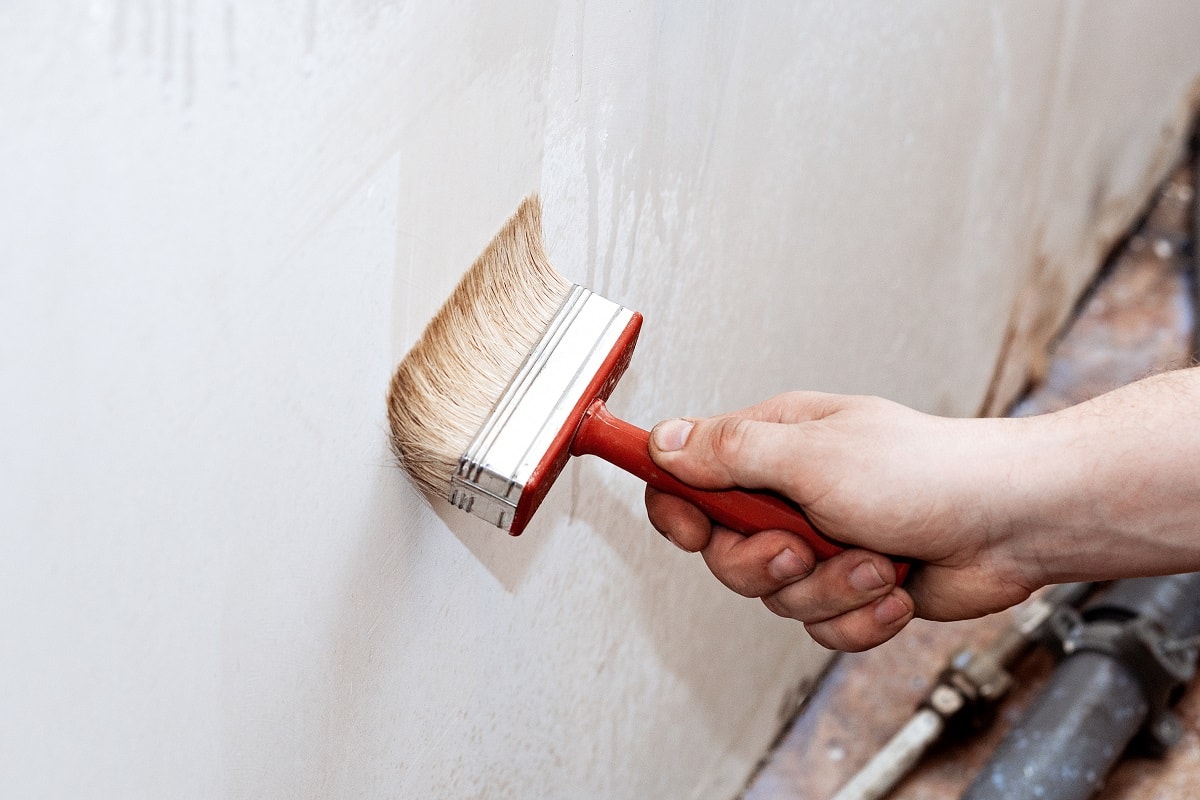
While it’s easy to pick paint for walls (you can’t go wrong with a big tub of matt paint), you can run into trouble when trying to paint a particular surface. For example, your floor and furniture will need completely different paints if you want it to work as it should. Let’s talk a little about why using the wrong paint could cause headaches, and what paints to use on different surfaces.
Why do different surfaces need different paint?
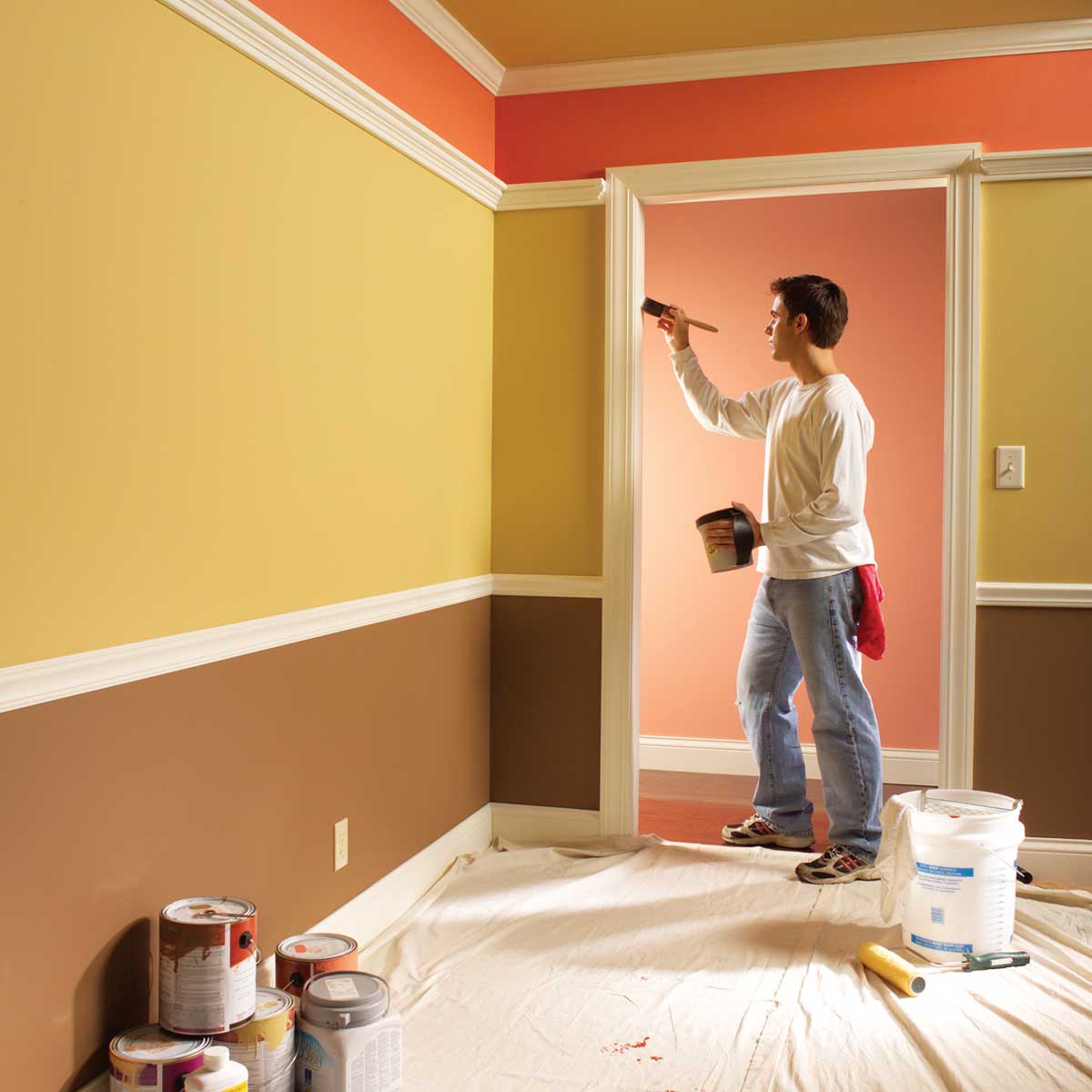
How a paint takes to a surface, and how durable you need paint to be will determine what paint to use on a surface. For example, your living room walls can take a simple matt paint because you would expect them not to get exposed or have much contact.
Compare that to the exterior walls of your home. They will go through the seasons and need to be protected at all times. Your outside walls need to avoid contracting in the cold months, stop water from rain seeping through, and not expand the warmer months.
Different surfaces also need to be prepared for paint. Most of us will know to apply an undercoat/primer before paint properly, but that can vary on the surface you’re about to paint. When working with a surface like concrete, a primer has to do the job of helping a surface get ready for paint, work to fill in gaps, and ensure that paint will bond properly. You’d hate to start painting a surface and find yourself with paint that won’t stick.
So what paint do you need for a surface?
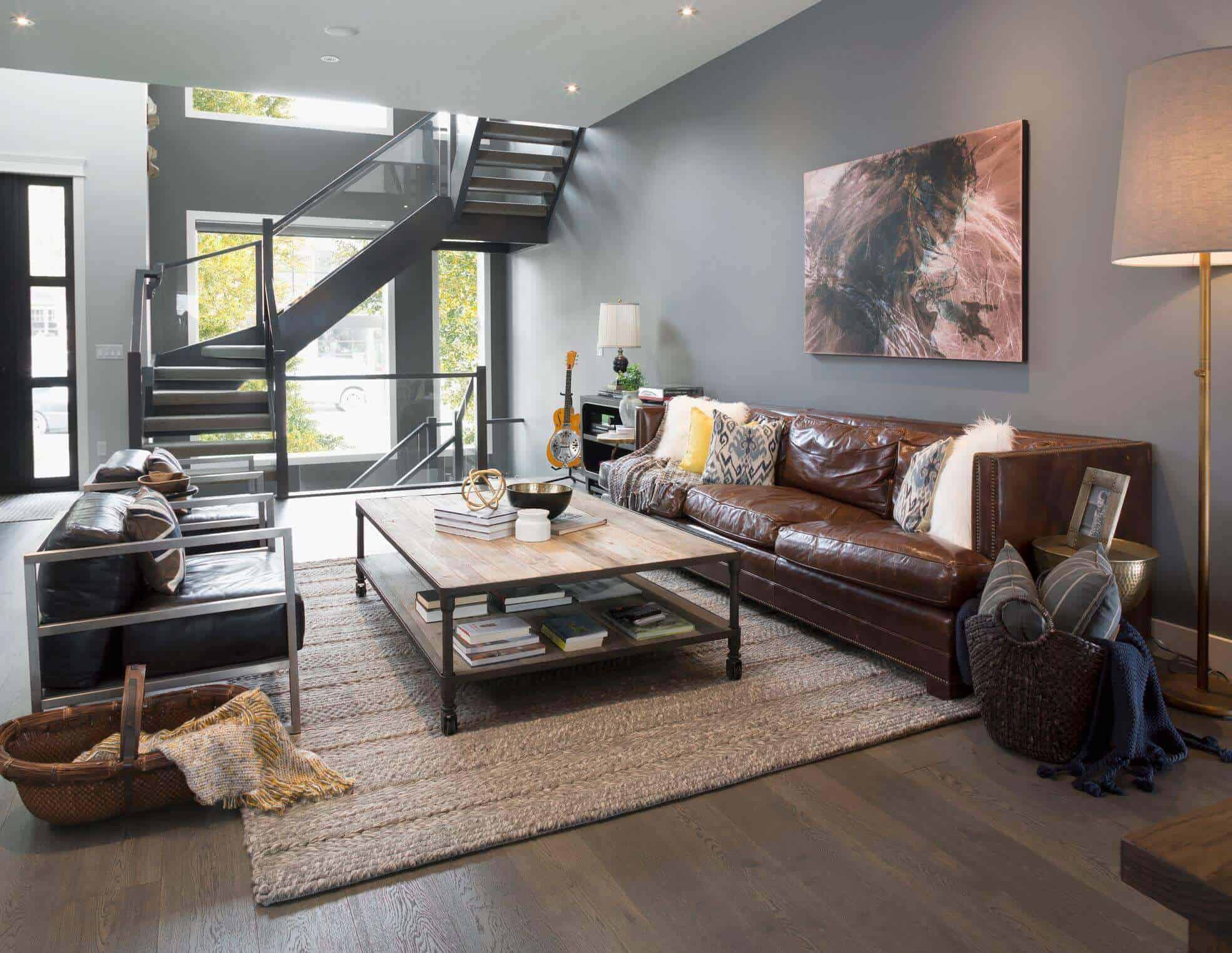
These are the types of paint you’ll want to use on specific surfaces:
Metal – Don’t start painting on metal unless you’ve put a layer of primer on first. A reliable metal primer will let you get away with using an acrylic-based paint; otherwise, you’ll find that paint just will not stick on to the metal.
Wood – Unless you’re using a varnish or oil, someone looking to paint wood will want to stick with acrylics.
Concrete – Always use masonry paint on concrete. Don’t be tempted to use standard matt if you have any lying around as it will only result in the paint which will want to crack and peel when there are any changes in temperature.
Wood Flooring – It is surprisingly easy to paint on wooden floors. The only obstacle will be if your floor has any bumps of knots. A knot is a little circle you’ll sometimes get in a floorboard. These need to be sealed before you prime or else primer and paint will pool in there and look uneven.
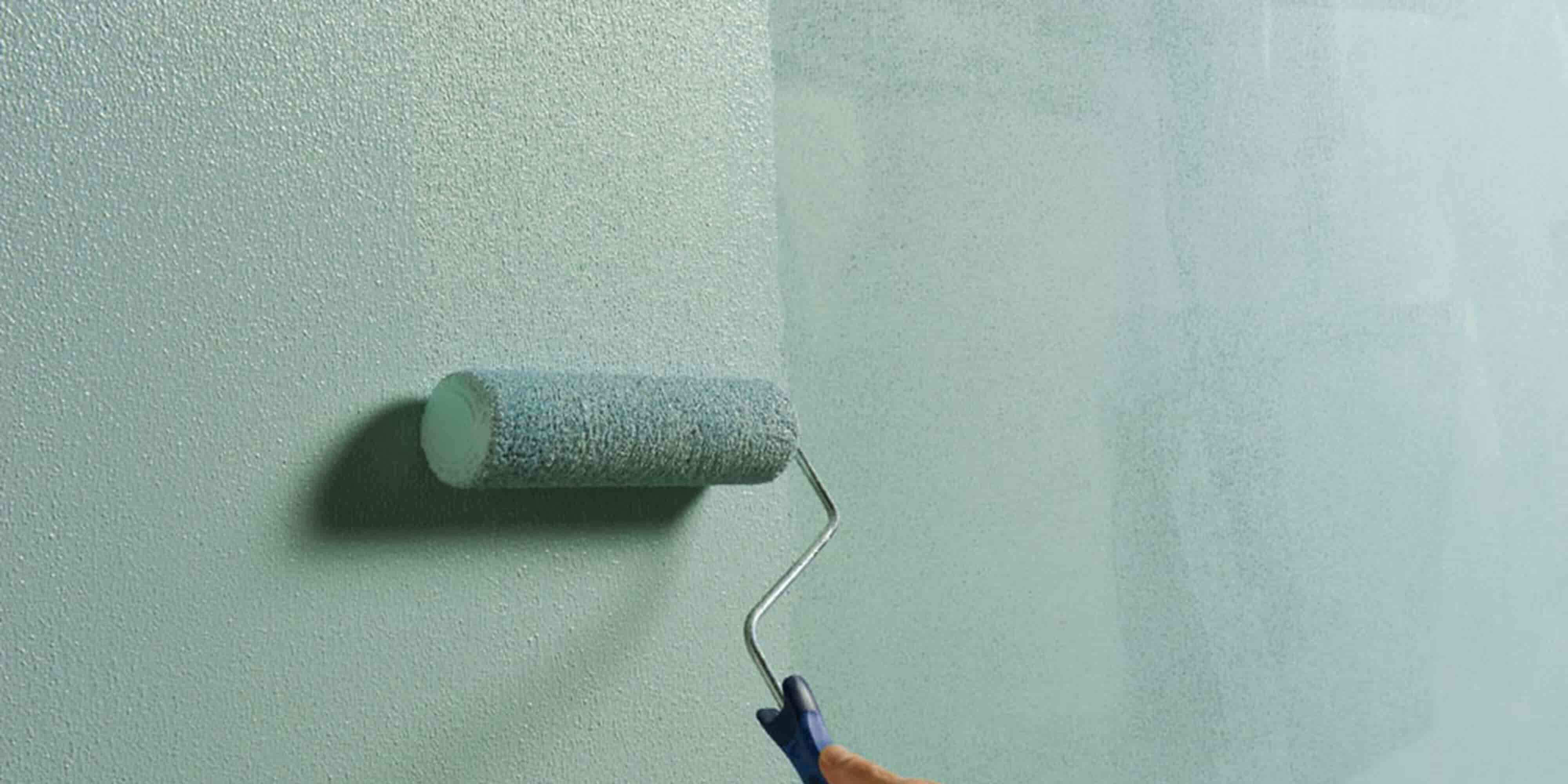
Laminate Flooring – A tricky surface like metal if you don’t prime correctly. Laminate, by nature, will want to keep paint from sticking. You need to sand the top of the laminate, ensure all dust is removed, apply a deglosser, and then put a primer down before using a floor paint. Make sure you buy a paint specifically labeled as floor paint.
Furniture – Obviously when I say furniture, I’m talking about anything made of wood like chairs, tables, and cabinets. As long as you sand down and ensure you have a clean surface to work with, furniture is easy to paint. You’ll want to think about the finish you want the furniture to have and pick a suitable gloss.
Also, don’t apply one thick layer like your walls. Furniture looks better if you paint in thin layers and let it build up slowly.
Marine surfaces – Anything that needs to be in contact with water, needs an anti-slip coating and marine gloss. Someone with a small boat will have to take particular care with their underside. If you were looking to paint tiles by a swimming pool or outdoor shower, you’d have to use exterior ceramic paint, or else you’ll have a slippery surface where paint blisters.
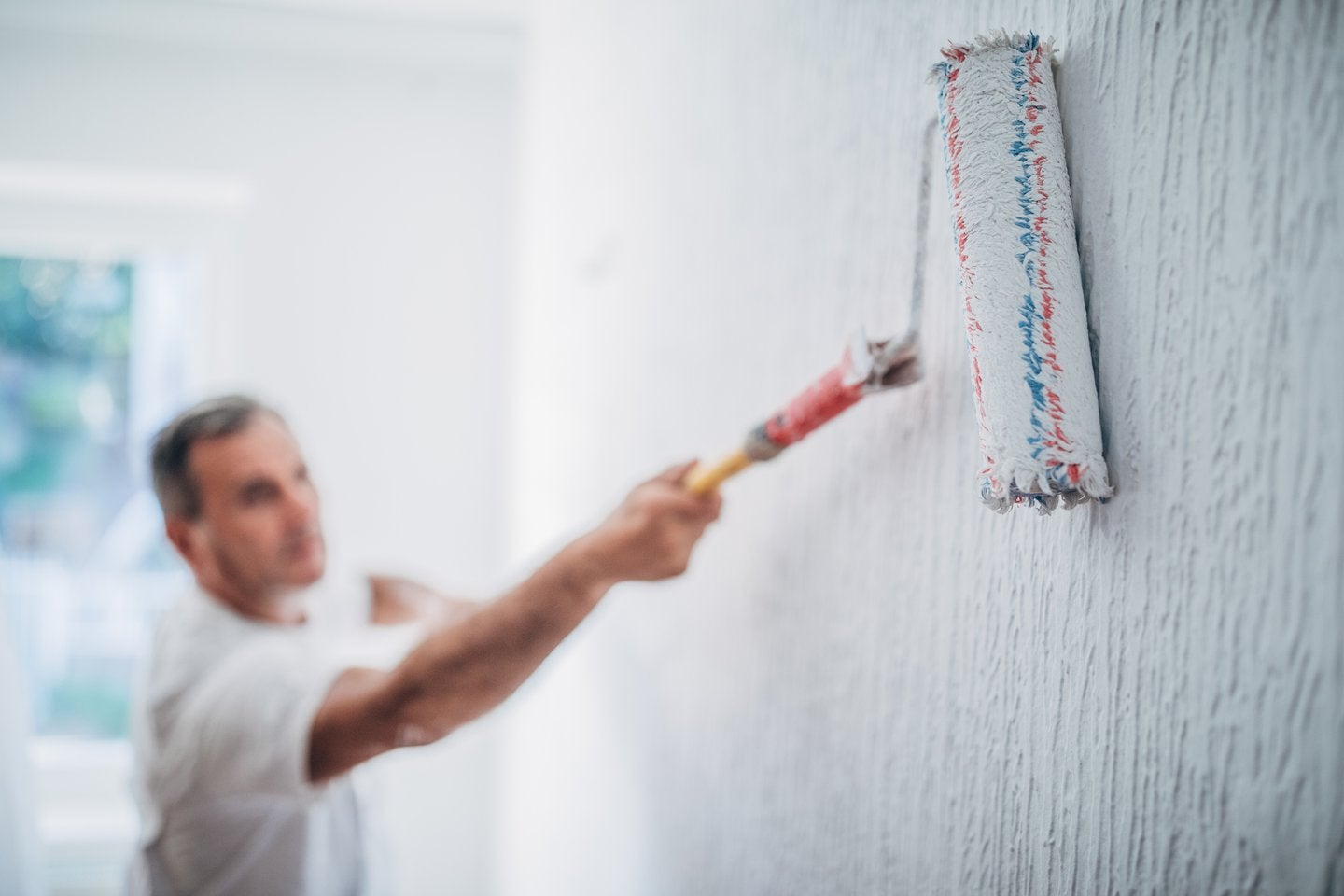
Are you looking for a particular paint?
Don’t get in a tizzy trying to find particular paint for a surface. If you visit https://www.thepaintshed.com/specialist-paint, you’ll find every type of surface paint to get the job done.
Want to read more DIY based posts?
Visit the interior designs section at Live Enhanced where you can read recent posts on how to decorate smaller kitchens, getting decorative with flower vases and decorative pots and plants for your garden.

